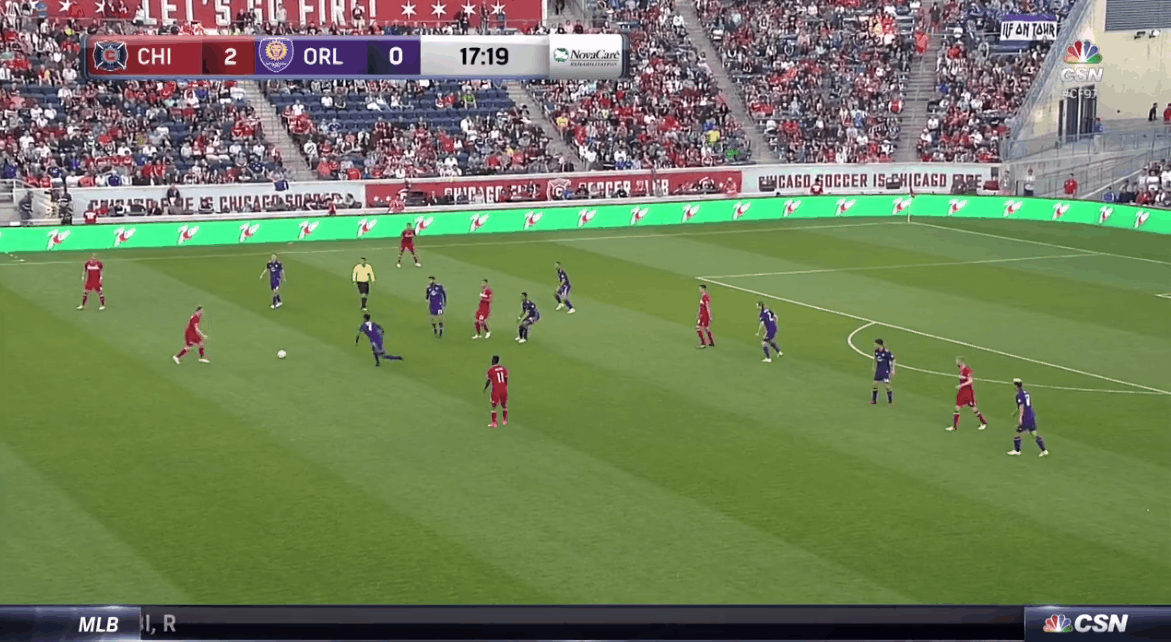The State of the USMNT Goalkeepers
/The latest drama to break in the American goalkeeping scene was centered squarely on Jesse Gonzalez. After a will-he-won’t-he back and forth that is only rivaled by Pam Beesly and Jim Halpert, Gonzalez has officially tied to the US Men’s National Team. The lovestory dates back to 2015, when he first played for Mexico’s U20s, then received an invite to a USMNT camp, only to drop out of the camp, admitting he was leaning towards Mexico, then ultimately switching to the US last month for his final decision.
It’s been a whirlwind for Gonzalez over the last two years but chances are he isn’t going to be competing for the starting spot until after the 2018 World Cup. Simply with his exclusion from this year’s Gold Cup roster it seems like Gonzalez’s time with the national team will start farther down the line. Hypothetically he could be a Julian Green-esque addition but for a player who has only recently started playing consistently for an MLS side, it’s most likely next cycle. Looking at the rest of the group, only a handful of goalkeepers are truly in the running for a trip to Russia.
Read More










